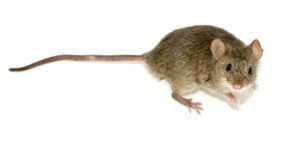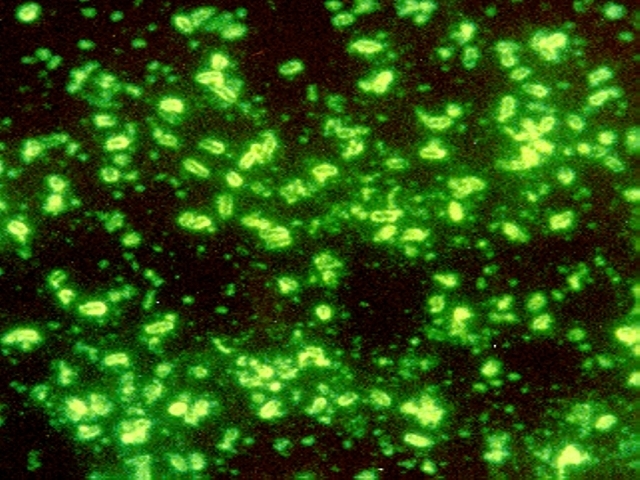When I encounter my cat fixated on specific locations in my kitchen, her behavior shows me that she has heard some mice in those areas. In fact, mice have been attributed as a reason that cats became companions to humans. Mice start gathering and reproducing so cats followed the food source and hunted the rodents, thus endearing themselves to humans, who were storing food for their own use. However, new evidence described in Scientific Reports has shown that mice have been associated with humans even before grain storage was widespread. In fact, by making our dwellings comfortable, we also created an inviting place for mice to live.
Continue reading “Uncovering the Origins of the Commensal House Mouse”bronze age
Yersinia pestis Reveals More Secrets From the Grave
Fridays are generally reserved for fun posts to share prior to the weekend. As we all know, fun is relative and to me, the latest news about how long Yersinia pestis has been entwined with human history is intriguing. I enjoy writing about the latest historical finding of Y. pestis even if I do earn a black reputation among my blogging colleagues (pun intended). Therefore, as soon as I saw the Cell article about Y. pestis found in Bronze age human teeth, I knew my blog topic was at hand.
Y. pestis has long been suspected in several plagues that occurred in the last two millennia. Publications in 2011 and 2013 used DNA extracted from teeth of human remains dated to the 14th century Black Death and 6th century Plague of Justinian to confirm Y. pestis was the causative agent in those devastating plagues. These results beg the question: How long has Y. pestis been infecting humans? The phylogenic trees generated from recent studies suggested Y. pestis has been with humans for as little as 2,600 years and as long as and 28,000 years. Equipped with these DNA-based tools, Rasmussen et al. asked if they could find evidence of Y. pestis in older human remains.
Continue reading “Yersinia pestis Reveals More Secrets From the Grave”DNA Typing Confirms Bronze Age Mix-and-Match Burials
 Archaeologists have made an interesting discovery while excavating the late Bronze Age/early Iron Age settlement named Cladh Hallan on the island of South Uist in the Outer Hebrides, Scotland. They have uncovered four human skeletons buried at regular intervals beneath three roundhouses dating from the 11th century BC: an adult male, an adult female, a 10–14-year-old girl and a 3-year-old child. The careful arrangement of these burials directly below the roundhouses led archaeologists to initially hypothesize that these might be foundation burials—an ancient practice in which people, usually younger people, were sacrificed and buried under a building’s foundation in the belief that their blood and spirit would protect and strengthen the building and building site. As strange as that custom seems to us, it gets weirder. Two of these skeletons showed signs of mummification and contained skeletal elements from multiple individuals intentionally pieced together to form intact skeletons. Continue reading “DNA Typing Confirms Bronze Age Mix-and-Match Burials”
Archaeologists have made an interesting discovery while excavating the late Bronze Age/early Iron Age settlement named Cladh Hallan on the island of South Uist in the Outer Hebrides, Scotland. They have uncovered four human skeletons buried at regular intervals beneath three roundhouses dating from the 11th century BC: an adult male, an adult female, a 10–14-year-old girl and a 3-year-old child. The careful arrangement of these burials directly below the roundhouses led archaeologists to initially hypothesize that these might be foundation burials—an ancient practice in which people, usually younger people, were sacrificed and buried under a building’s foundation in the belief that their blood and spirit would protect and strengthen the building and building site. As strange as that custom seems to us, it gets weirder. Two of these skeletons showed signs of mummification and contained skeletal elements from multiple individuals intentionally pieced together to form intact skeletons. Continue reading “DNA Typing Confirms Bronze Age Mix-and-Match Burials”


